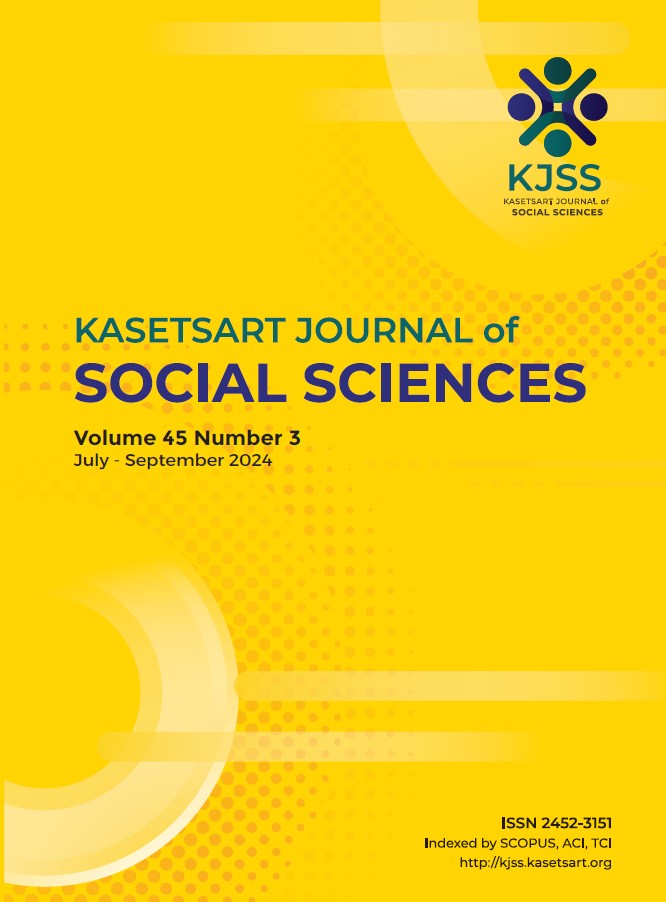Connectivism and digital age education: Insights, challenges, and future directions
Keywords:
connectivism, digital age education, digital learning, knowledge networksAbstract
This paper presents a research study that delves into the learning theory of connectivism as a predominant learning paradigm in the digital era. Since its inception by George Siemens and Stephen Downes, connectivism has profoundly influenced learning and teaching methodologies, especially in the realms of online education and lifelong learning. For this research, the researchers employed a systematic literature review as their primary data analysis unit, meticulously collecting and analyzing various scholarly articles and sources that discuss the theoretical underpinnings, real-world applications, challenges, and advantages of connectivism. Our method involved a structured search of databases, selection criteria based on relevance and credibility, and thematic analysis of the collected literature. Through rigorous data analysis methods, the review findings unequivocally indicate that connectivism, notwithstanding its critiques, offers a solid framework for comprehending how individuals acquire knowledge in digital milieus and interconnected social platforms. This research result showcases case studies that elucidate how connectivism has been effectively implemented across diverse educational tiers, spanning from elementary to tertiary levels. While challenges such as the digital divide and an over-reliance on self-directed learning might impede its full potential, connectivism undeniably presents substantial prospects in championing autonomous, synergistic, and network-centric learning. Furthermore, we explore the potential trajectories of how connectivism might adapt and metamorphose in tandem with technological progressions and paradigm shifts in education. The overarching conclusion derived from this research underscores that connectivism holds immense promise as a pivotal component in architecting inclusive and adaptive learning ecosystems for the foreseeable future.
Downloads
Published
How to Cite
Issue
Section
License
Copyright (c) 2024 Kasetsart UniversityThis is an open access article under the CC BY-NC-ND license http://creativecommons.org/licenses/by-nc-nd/4.0/










